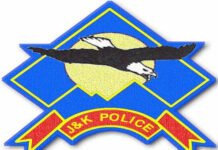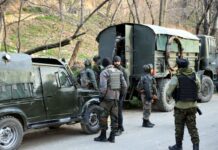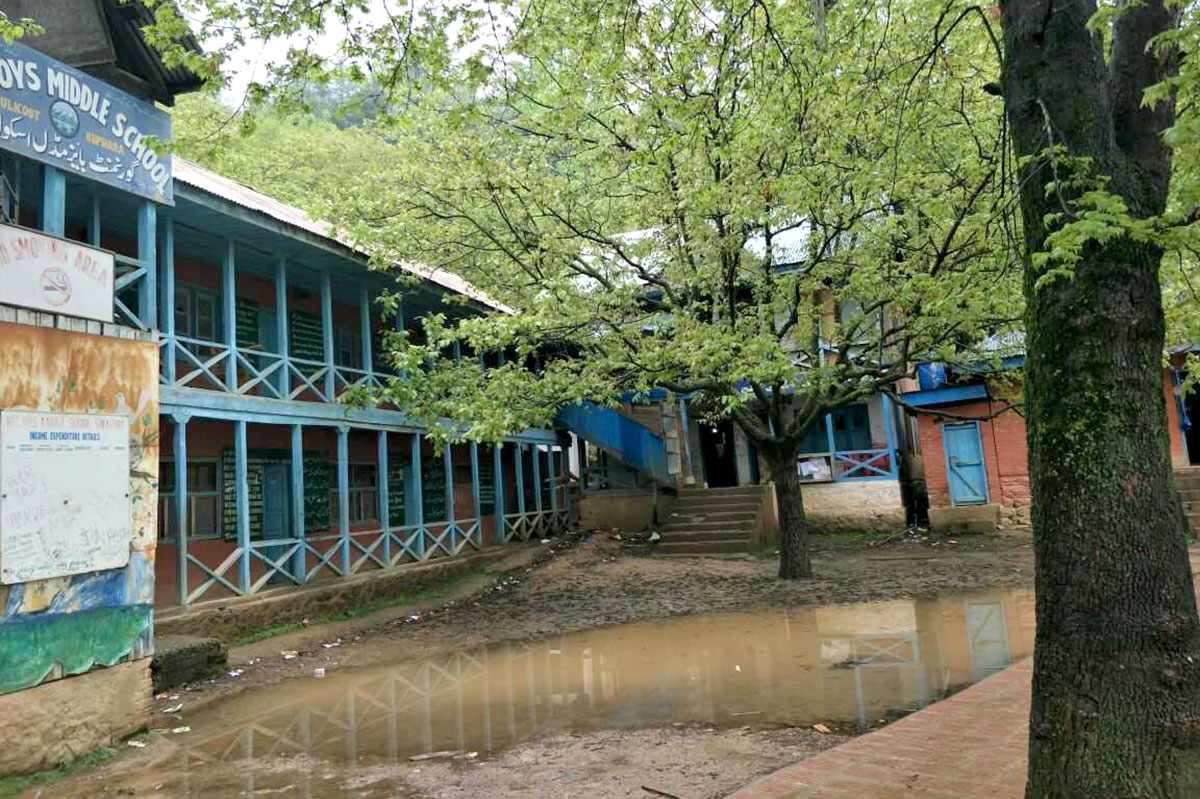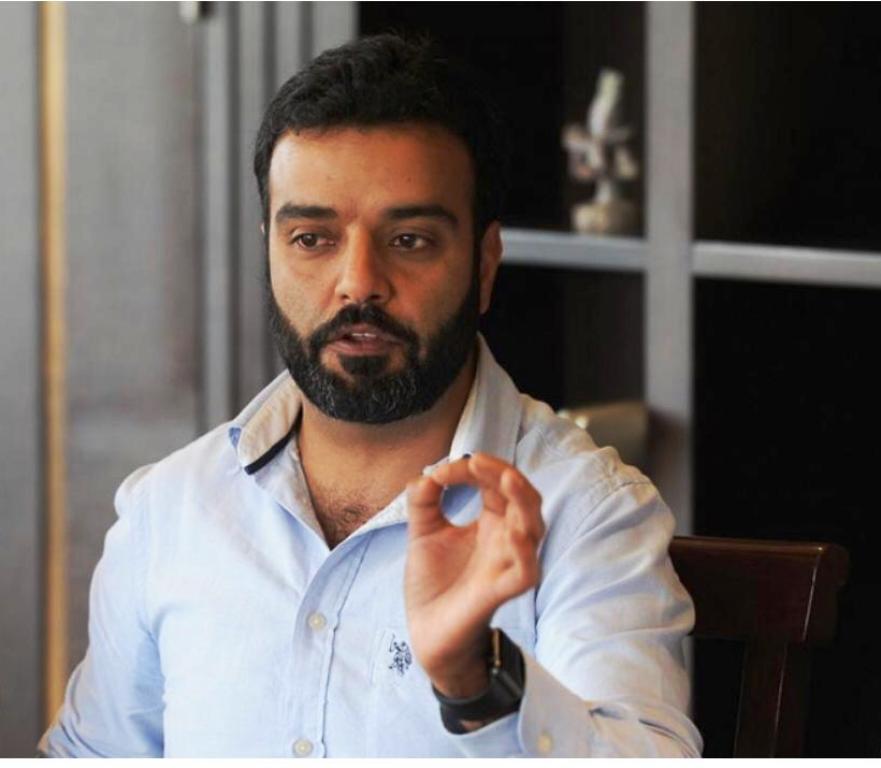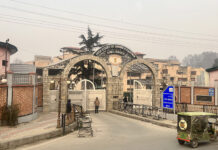Bilal Handoo
SRINAGAR

They are slouching on beds like lifeless sacks. Their faces—distressingly jaundiced. And around these tube-attached boys are their exhaustive relatives—equally anxious over doctors’ disclosure. Battling firearm injuries, these fifty plus patients admitted in Srinagar’s Bone & Joint Hospital have been declared disabled for life.
Among them is Sogam boy—Adil, withering in pain. On Sunday, he says, as the protestors were chased by cops in his village nestled in north Kashmir’s Lolab, he got caught in concertina wire. “As I was struggling to free myself from clutches of wire,” says Adil, whose right leg was freshly operated upon, “the cops pounced on me and broke my leg by slamming it with continuous gun butts.” His friends immediately referred him to B&J Hospital where he was told that he won’t be taking his flowing walks anymore.
In nearby bed, a boy from Pulwama — shot on his left leg — fears disability for only one simple reason: It will slow down the otherwise ‘swift cricketer’ on pitch. This fifteen-year-old boy who withholds his name fearing police profiling of the injured inside ward says he regrets that his ‘game’ has lost an edge.
Some 10 emergency theatres are operational in the hospital treating mounting firearm injuries. “Normally,” says a senior doctor, “we have only two emergency theatres operational. But in the face of the present crisis, we have kept 10 emergency theatres operational.” Fifteen senior doctors and 30 juniors (including four surgeons) are managing these theatres round the clock since Saturday—the day when Kashmir witnessed massive protests amid clashes over 21-year-old Hizb commander Burhan Wani’s killing.

Till Tuesday afternoon, the hospital had registered 60 firearm injured persons. These youth have received bullet wounds on their lower limbs. “Majority of these patients will have lifelong disabilities now,” says Dr Omar, a young surgeon preparing for another surgery. “They will require multiple surgeries to get an average normalcy.” Most of these admitted patients are from Tral, Islamabad, Kulgam, Pulwama and other parts of simmering south Kashmir. Their fractured bones, bullet-torn muscles and broken limbs have been internally fixed with plates, screws, nails and rods.
One of the doctors who worked during 2008 and 2010 unrest in B&J Hospital says that number of firearm injuries within four days took huge toll on medicos. “Though we have treated such injuries earlier as well, but this time around,” the doctor says, “influx of patients tested us beyond our capacities.” The larger situation in Kashmir has trained these doctors well to handle these cases, “but lately tackling huge rush in short time was challenging.”
While the ninety percent of these patients are still admitted in the hospital, two boys requiring vascular surgery were shifted to SKIMS. Now, the lasting pain for these patients is the sense that they won’t be the same again — once they will be discharged from the hospital.


